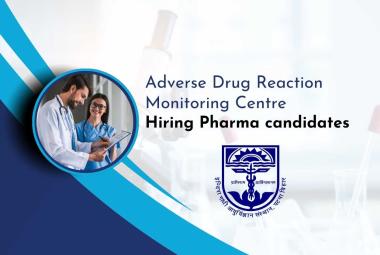METABOLISING ENZYMES
Metabolising enzymes for drugs and xenobiotics are differing from food metabolizing enzymes.
They are broadly classified in to two: Microsomal and Non microsomal.
1. Microsomal enzymes catalysed majority of drug biotransformation reaction. The large variety of microsomal enzyme catalyse oxidative, reductive & hydrolytic and glucouronidation reactions. They are located on smooth endoplasmic reticulum, mainly in liver then kidney, lungs, intestinal mucosa.they are inducible by drugs, diet. Ex- CYPs, FMOs, EHs, UGTs etc.
2. Non microsomal enzymes are non specific enzymes that catalyse few oxidative, a no. of reductive & hydrolytic rections and
also conjugation reaction other than glucouronidation. They are presence in cytoplasm and mitochondria of hepatic cells as well as in other tissues including plasma. Not inducible but having polymorphism. Ex- protein oxidases, esterases, amidases, conjugated gases.
These types of enzymes are less or not present in the neonatal. So the drug may cause toxic effect due to less metabolism of drug. Some syrups containing alcohol in very less extent, still it is harmful to children. Other containing codeine may cause lethal effect.
Drug metabolizing enzymes controlled by genes which are differ in species to species. Because the coding for specific protein (enzymes) may or may not present in different species.
For ex- dogs are deficient in acetyl transferase.
Cats are deficient in glucouronyl transferase.
Some drugs are inactivated in the body fluids by spontaneous molecular rearrangement with out presence of any enzyme. They are eliminated from body in presence of hepatic dysfunction.
Ex- atracurium









